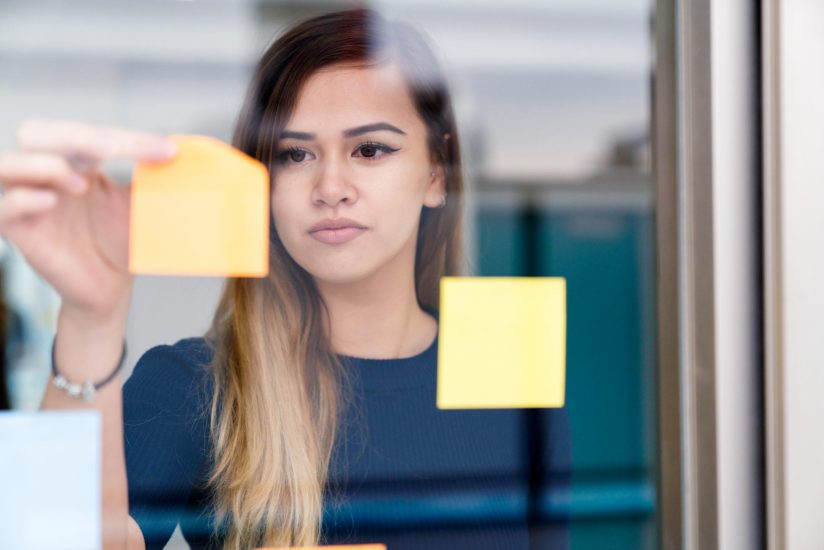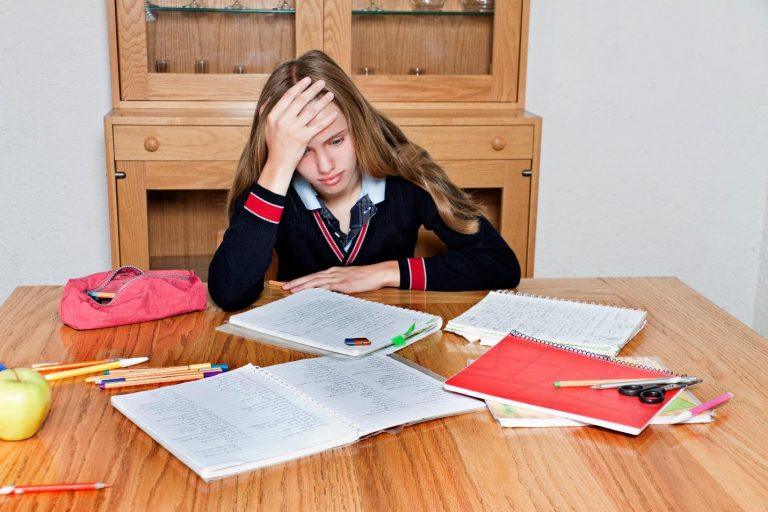Are you a visual learner looking for effective study tips? In this blog, we’ll explore the best study tips for visual learners, designed to help you retain information and excel in your academic journey. By leveraging techniques tailored to your learning style, you can unlock your full potential and achieve academic success.
According to researchers, visual learners make up 65% of the population. Our study tips for visual learners are designed to make learning a more enjoyable and fulfilling experience for this significant section of the population.
Other dominant learning styles include auditory (sound) and kinaesthetic (touch). In contrast to these styles of learning, visual learners like to have information presented in graphic or picture form because it is easier for them to absorb and remember. Many are highly attuned to colour, brightness and contrast.
Mainstream education caters well to visual learners, but those with this learning style can sometimes struggle when studying alone.
What is a Visual Learner?
A visual learner is someone who learns best through visual aids such as images, diagrams, charts, and written notes. If you find yourself drawn to colorful graphs, detailed mind maps, or visual presentations, you likely fall into this category. Visual learners often have strong spatial awareness and are excellent at recalling visual details.
Why Study Techniques Matter for Visual Learners
Effective study techniques can make a significant difference in how well visual learners retain information. By using strategies that align with your learning style, you can transform challenging concepts into easily understandable visual representations.
Top Study Tips for Visual Learners
Here are five practical study tips to help you thrive as a visual learner:
- Use Mind Maps: Create visual diagrams to connect ideas and concepts. Mind maps allow you to see the relationships between different topics and make complex subjects more digestible.
- Color Code Your Notes: Highlight key points in different colors to organize information visually. For example, use one color for definitions, another for examples, and a third for key concepts.
- Leverage Flashcards: Write important terms and their definitions on flashcards. Include visuals or diagrams where applicable to reinforce your understanding.
- Incorporate Charts and Graphs: Whenever possible, convert data into charts or graphs. This can help you identify patterns and make comparisons more easily.
- Watch Video Tutorials: Supplement your study materials with educational videos or visual tutorials. Platforms like YouTube or Khan Academy offer a wealth of resources tailored to visual learners.
Common Challenges for Visual Learners and How to Overcome Them
Visual learners may struggle with dense text or purely auditory instructions. Here’s how to address these challenges:
- Challenge: Difficulty processing large blocks of text.
- Solution: Break text into smaller sections and use bullet points for clarity.
- Challenge: Limited visual aids in certain study materials.
- Solution: Create your own visuals, like sketches or diagrams, to supplement your notes.
- Challenge: Remembering auditory instructions.
- Solution: Write down verbal instructions in a visually organized format immediately after hearing them.
Final Learner Study Tips to Help You Succeed
Remember, every learner is unique, and finding the right combination of study tips for visual learners can take some trial and error. Keep experimenting with new techniques and tools until you discover what works best for you.
By following these strategies, visual learners can enhance their academic performance and make studying a more enjoyable experience.
Tutoring Study Tips for Visual Learners
Our tutors begin by assessing students’ needs and styles of learning to design individual study plans. They can offer many more study tips for visual learners and modify materials to suit all students’ requirements.
Tutor Doctor takes great care to pair students with the most suitable tutor. We also offer tutuoring services for university students. Our advanced matching system takes into account many different factors, including styles of learning.
Contact us today for a free consultation.




